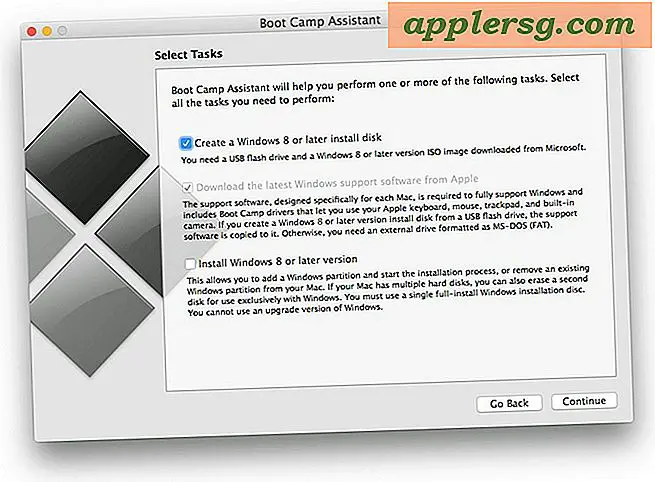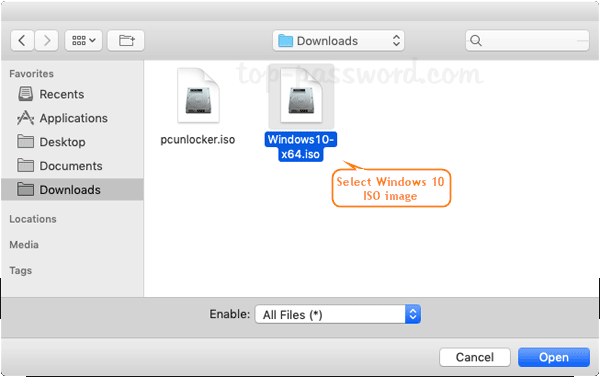

Step 6: Complete the bootable USB drive process It will take a few minutes for the process to complete. Similar to Linux, you won’t see any asterisks or something to indicate that you have entered some keyboard input, but that’s the way Unix terminal behaves.Įven after you enter the password, you won’t see any immediate output and that’s normal. For me the command was like this: sudo dd if=~/Downloads/ of=/dev/rdisk2 bs=1mĪs we are running the above command with super user privileges (sudo), it will require you to enter the password. I hope you remember where you put the converted IMG file, in step 3. Here, we are using dd (copy and convert) to copy and convert input file (if) IMG to diskN. Right-click on the USB drive, click Erase. If you can’t find the option to set the partition table, make sure you’re selecting the View -> Show All Devices option. Format your USB drive as Mac OS Extended (Journaled) and choose the GUID Partition Map scheme. Use dd command in the following manner to create live USB: sudo dd if=/Path-to-IMG-DMG-file of=/dev/rdiskN bs=1m First, right-click the USB drive in Disk Utility and click Erase. Therefore, do remember the correct device number of your USB drive or else you might end up corrupting Mac OS X. We shall be using dd command which is a very powerful and must be used with caution. Step 5: Creating the bootable USB drive of Ubuntu in Mac OS XĪnd finally we come to the final step of creating the bootable USB drive. The result should be: Unmount of all volumes on disk2 was successful.

So, in my case, the above command becomes: diskutil unmountDisk /dev/disk2 Where N is the device number for the USB you got previously. When you got the disk number, run the following command: diskutil unmountDisk /dev/diskN So for me, the command is like this: hdiutil convert -format UDRW -o ~/Downloads/ubuntu-14.10-desktop-amd64 ~/Downloads/ Normally the downloaded file should be in ~/Downloads directory.
#CREATE A BOOT MAC OS FOR USB ISO#
Open a terminal, either from Launchpad or from the Spotlight, and then use the following command to convert the ISO to IMG format: hdiutil convert -format UDRW -o ~/Path-to-IMG-file ~/Path-to-ISO-file This will take you to the Startup Disk Manager, where you should be able to see the USB drive. To boot from the disk, you need to hold down the option key when you hear the boot chime. Now remove the USB drive and insert it into the Mac computer. This can be easily done using hdiutil command tool. Part 4: Boot Mac from macOS USB Drive for Installation. The file you downloaded is in ISO format but we need it to be in IMG format. Ubuntu 14.04 is the latest LTS version, and this is what I would recommend to you.
#CREATE A BOOT MAC OS FOR USB 64 BIT#
Since you are using a Macbook Air, I suggest you to download the 64 Bit version of whichever version you want. Jump to Ubuntu website to download your favorite Ubuntu desktop OS. Of course, you need to download ISO image of Ubuntu desktop. Of course hit the Partition button to format the USB drive. It will give you a warning message about formatting the USB drive. When all is set to go, just hit the Apply button.


 0 kommentar(er)
0 kommentar(er)
